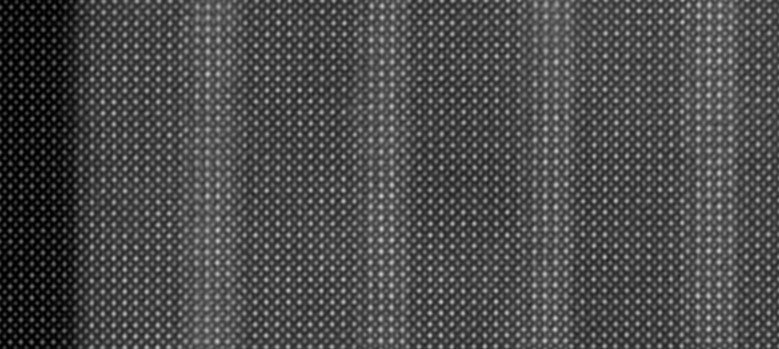Welcome
The Stuttgart Center for Electron Microscopy (StEM) represents a central scientific facility of the Max Planck Institute for Solid State Research, having a critical mass and outstanding expertise in the wide range of techniques available for materials characterisation using electrons. The StEM pre-dominantly serves all institutional departments to provide researchers with ultrahigh resolution electron microscopy instrumentation at the forefront of technology, so that challenging characterisation problems in materials can be solved at unprecedented spatial and energy resolution and to create a research venue, where researchers from various disciplines are able to interact and develop collaborations.
The comprehensive suite of electron microscopy tools built up by StEM is unique by world standards, and currently encompasses four transmission electron microscopes (TEM), including two state-of-the-art aberration-corrected TEMs for advanced analytical high-resolution investigations. The StEM also operates a scanning electron microscope, an electron microprobe, and a focused ion beam system as well as advanced sample preparation facilities to expertly prepare a very wide variety of materials.
The StEM’s investigators, consisting of senior and postdoctoral scientists, PhD students, technicians and engineers, include experimentalists and theorists, physicists and chemists, with individual expertise in many different materials areas, e.g. complex functional oxide hetero-structures with special focus on their interfaces, strained semiconductors, semiconducting and metallic nanostructured thin films, nanoparticles and molecules, composites and bio-hybrid materials including their mechanical properties. These staff scientists and engineers sustain outstanding expertise in advanced electron microscopy techniques and in the development of advanced methods in quantitative image analysis and spectroscopy on the atomic scale, in electron ptychography, holography and tomography, and in in-situ TEM.
Properties of functional and quantum materials, such as magnetic, ferroelectric, multiferroic, or strongly correlated materials, are determined by collective and coupled interactions, such as strong Coulomb interactions among the electrons, strong electron-lattice coupling, polarons, spin, charge and orbital ordering. These interactions give rise to extraordinary phenomena, such as high-temperature superconductivity, drastic changes in the resistance or tuneable orbital-, spin-, and charge-ordered states. Understanding, controlling, and manipulating these phenomena requires imaging of the local real space atomic, chemical and electronic structure at atomic resolution and with high spectroscopic resolution, which are primary research interests of the StEM. Thus, the StEM’s scientific mission is to support researchers in advancing their in-depth knowledge of the atomic and electronic structure, and of the microscopic perception of materials with respect to functionality and structure–property relationships at highest level.


